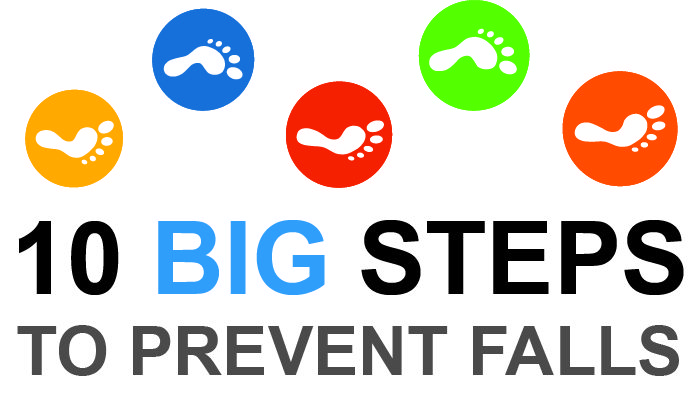
- Make sure stairways, steps and floors are level, well-lit and free of objects that pose a tripping hazard.
- Have handrails and lights installed on all staircases.
- Remove throw rugs from all areas or secure them with double-sided tape to prevent slipping.
- Keep the things you use often in cabinets where they can be easily reached.
- Have grab bars installed next to and inside the tub and next to the toilet.
- Use non-stick mats and/or sticky strips in the bathtub and shower floors.
- Improve the lighting in the home by using brighter lights and night lights. Hang lightweight curtains or shades to reduce glare.
Many situations arise in caring duties that can result in a fall. It is probably one of the most stressful situations a carer may face. There are always risks involved when you transfer a person from one place to another. Whether transferring means going from lying to sitting, sitting to standing, standing to turning, the risk is always there. Even lowering a person down to a chair may put them and you at risk.
Even if you are fortunate enough to find yourself in a house which is perfectly outfitted with moving and lifting equipment, there is still a risk of a fall. Many clients that carers work with will present this challenge because they simply cannot take their own weight or they may only be able to take weight on one side – perhaps after a stroke. They may not be able to assist you as well as you would like.
The key word in this situation is safety! This does not only mean the safety of your client, but also your own safety. If you are injured, you will not be able to help your client. Neither will you be able to earn an income! Safety must be the key at all times.
Reasons for a fall may range from muscle weakness, poor eyesight, slippery surfaces, badly fitted rugs, or simply a loss of balance.
This being said, what do you do if your client has fallen?
Try to ensure that your client remains calm. Ask your client if they are hurt anywhere. If your client is bleeding or you suspect that they have bumped their head, then you should call services right away. Do not attempt to lift them up yourself. In fact, if you need to call, then you should leave the client where they are. If it is cold, cover them with a blanket. If they are alert and you are sure that they have not harmed their necks, then you may assist them into a more comfortable position and keep them warm until help comes.
You should never try to help your client up by yourself, this is a very good way to hurt your back. if there are no injuries, you can try the method of turning your client around onto all fours, moving a chair closer, and have them support themselves to stand. This is a very good method if your client is able to kneel on all fours, but often clients are elderly and their knees will not support this method.
Once your client has fallen there is very little chance of them getting up by themselves. You will find that you either have to call emergency services, or a neighbour to help you.
The most important thing to remember in a fall situation is that safety after the fall must come first. If your client is bleeding or seems confused or you suspect a bump on the head, you should not move them but call and have them checked out. Err on the side of caution and do not try to lift without help. Do not put yourself at risk in the effort of picking up a client. Be sensible and get help first.
